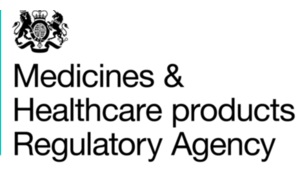23. What are the benefits of conducting an on-site visit?
Central monitoring may cover many of the tasks that a monitor would undertake at site provided the appropriate and genuine documentation has been provided by the investigator. There are, however, some key benefits of undertaking an on-site visit which include:
- Reviewing patient medical records (e.g. when central remote electronic review is not possible by the sponsor) - to conduct SDV, verify the existence of a subject; verifying the existence and quality of source documents and detect unreported adverse events
- Meeting, training and motivating the research team and the investigator
- Interviewing staff face to face, which builds rapport and can determine the actual processes used at the site (and any issues associated with that) rather than only conducting a review of the outcome (documentation) that may not present the whole picture
- Reviewing facilities and equipment
- Establishing the role of the investigator in the trial conduct (e.g. monitoring the delegation of duties and the investigator’s involvement and oversight of the trial)
- Providing an overall impression of the quality of the conduct of the trial at the site, which may enable action to be taken to improve quality at an earlier stage
- Reviewing IMP storage areas and performing any necessary accountability checks on the actual IMP (this may only be a sample (initially), if considered appropriate in the risk assessment)
- Reviewing investigators’ site file (Investigator’s TMF) and archive facilities
- Mentoring new staff/investigators
- Witnessing subject visits – e.g. consenting process
If such considerations are identified as vulnerabilities in the trial risk assessment, then this would impact on the decision to undertake on-site monitoring and make it more likely to be needed. For example, for a trial categorised as a Type C, with little safety information in patients, on-site visits to check for adverse events in the notes is more important than in a trial categorised as a Type A where the IMP is well known and used in accordance with standard clinical practice. It should be noted that on-site monitoring does not necessarily need frequent regular visits (e.g. traditionally once every 4-8 weeks), the interval between visits could be set at an appropriate level based on risk assessment, for example, the sites could be visited once, shortly after starting the trial or on a fairly infrequent basis, with a more targeted approach to monitoring activities based on the outcomes seen at previous visits or from central monitoring.
Version 1: 22 February 2013






